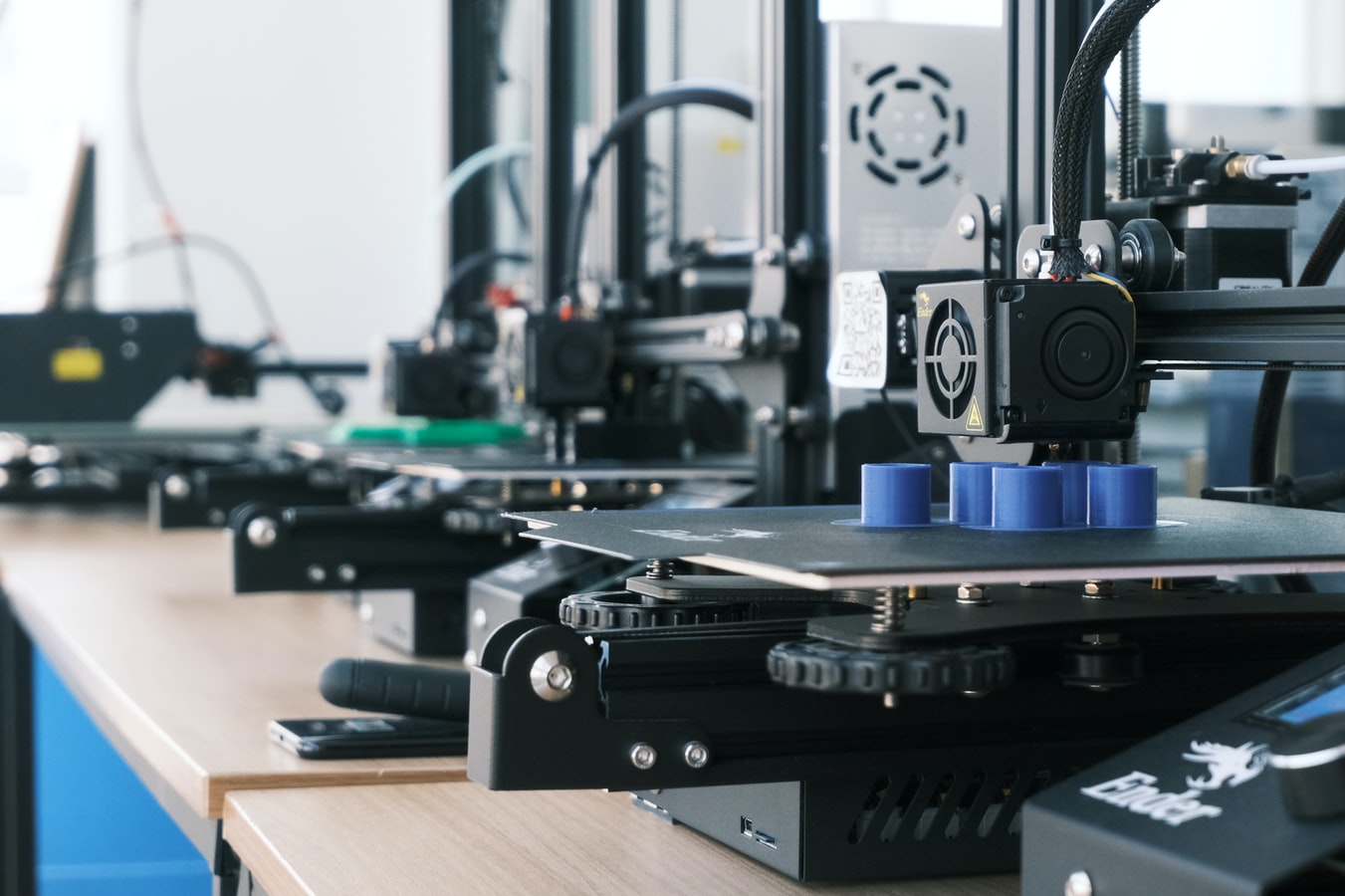The words “artificial intelligence” conjure up ideas about the future that are by turns exciting (self-driving cars) and terrifying (HAL from 2001: A Space Odyssey).
What these differing ideas fail to capture, however, is that the “future” is already here. AI is already a widespread and ubiquitous part of our daily lives.
Do you use the face ID function to unlock your smartphone? You’ve used AI.
Have you ever clicked on a “Recommended for You” show or film on Netflix? You’ve used AI.
AI is everywhere, including within manufacturing.
Every day, the network of industrial devices powered by technology and AI – the Industrial Internet of Things (IIoT) – grows bigger. It enhances automation, makes processes faster and more reliable, and pushes productivity far beyond traditional methods.
And every day, there are many manufacturing companies who glance in the direction of AI, shrug their shoulders, and then go right back to doing things the old-fashioned way. After all, there’s always pens, paper, elbow grease, and good old human intuition to utilise.
With a world of technology at their fingertips that promises to boost productivity and profits, not to mention make life easier for staff, why are so many businesses opting to stay right where they are?
Challenges to integrating IIoT devices into existing businesses
Plenty of industries have taken to AI and machine learning swiftly, with banks and retail stores at the very front of the pack. Just look at how different banking is today than it was a decade ago. We’ve gone from signing cheques and chatting with tellers to doing everything with a few taps on a smartphone.
So why does the manufacturing world seem ambivalent about evolving into a more productive and efficient version of itself?
Well, there are a few challenges facing the manufacturing sector that are proving to be major barriers to progress.
Innovation is costly
In business, the bottom line is everything. With that principle guiding the way, executives are often hesitant to take any steps that would compromise productivity and profits, including committing fully to the IIoT.
Despite the undeniable efficiencies that the IIoT will bring in the long term, it’s the short term setbacks that are often behind companies’ unwillingness to move forward. New additions to a business always have a “working out the kinks” period. A period of uncertainty which can result in increased expenses, extra work, and potentially faulty products. Perhaps too, these new additions may not fully integrate with existing systems. All of these issues can have a significant impact on profits.
Many business leaders look at those short-term costs, shake their heads, and put off advancing their technological capabilities until some vague, undefined time in the future.
The IIoT requires unity
In many manufacturing companies, the production process is highly segmented, with different teams and departments working completely independently of each other.
This is at odds with the Maintenance 4.0 dream, which seeks to create a united system for the collection, transmission, and analysis of data.
One of the biggest forms of value that the IIoT delivers is in terms of collecting, consolidating, and streamlining data and information in a holistic way. IIoT helps find efficiencies across an entire organisation. For companies who have been working in a fragmented way, this often requires an entire rethinking and/or overhaul of their organisational processes.
Automation is viewed with suspicion
Although it may seem an unlikely culprit, fear is actually one of the main reasons why IIoT isn’t being embraced with open arms. As processes become more streamlined, efficient, and automated, the need for workers will decrease, or so the thinking goes.
Many workers in the manufacturing industry are understandably wary of innovation, because they see in it their own obsolescence.
However, the truth is, skilled workers will always be needed. The IIoT is, at its core, a tool, and tools still have to be managed and operated by people. The more that people understand it’s simply skillsets that need to be adapted, the less hesitant they may be to make the shift into the next stage of manufacturing’s evolution.
Make the leap into the IIoT in 2021
Does any of this sound familiar?
If your organisation hasn’t yet made an ongoing commitment to making the Maintenance 4.0 a reality it’s not too late to start! You can increase maintenance efficiency, improve operations, and make life better for employees starting today. There are opportunities at every level of manufacturing to introduce new technologies and capabilities.
Start by setting some key goals for your company’s investment in this project. Some examples:
- Increase output in terms of both quantity and quality
- Increase asset utilisation
- Increase worker safety
- Enable 24/7 visibility of equipment condition
- Reduce unplanned downtime
With these goals clearly established, it becomes much easier to take those first steps and measure progress. Rome wasn’t built in a day, and all problems won’t be solved in one day either. But you can implement processes / technology and improve a little each day to reach your goal. At MOVUS it’s this continuous improvement that we enable and support our clients in implementing.
Key takeaways
Despite the possible short term challenges when implementing IIoT tech, the long-term gains make any initial bumps well worth it. The sooner you start harnessing the power of AI and the IIoT to drive your business forward, the sooner you’ll start seeing the incredible results.
Take that first step with a free trial of the MOVUS platform.
